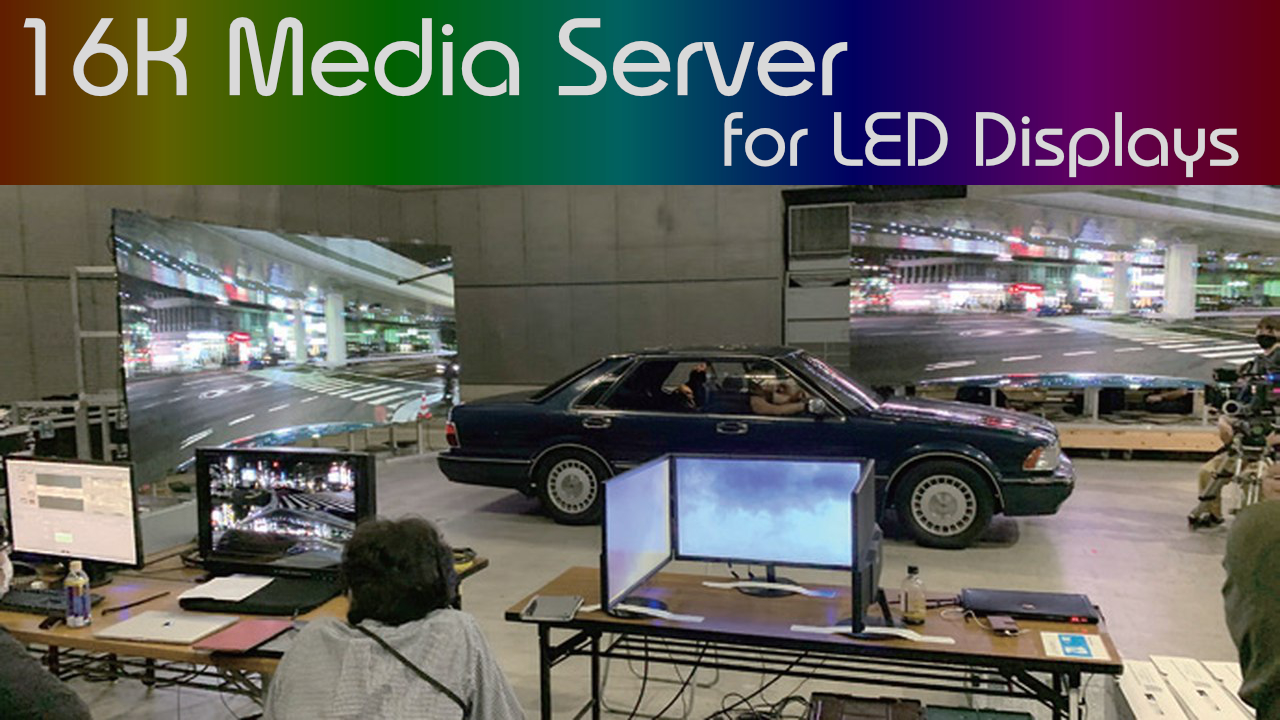


In recent years, virtual production using game engines that enable new forms of visual expression has become widespread, particularly overseas, and companies in Japan with an advanced perspective are also continuing to work actively in this area. In the case of virtual production using a game engine, a large number of computer graphics objects are placed in a virtual 3D space created within the computer, and by shooting this virtual 3D space with a virtual camera, a mixture with the real world is achieved. While this type of system is particularly advantageous for recreating places that do not exist in the real world or places that are difficult to film, it is sometimes more cost-effective to film the scene because everything has to be modeled as a 3D computer graphics object. In cases where you want to use the background as it is in the real world, or where you want to reproduce the same scenery over and over again, or where you want to create special effects using live-action background footage, CG backgrounds may not be the definitive optimal solution.
With this in mind, we have developed the Crescent 16K Ultra Media Server, a super-high-bandwidth media server that can achieve resolutions of up to 16K x 8K in Unity, as a core system for incorporating live-action video into virtual production systems. This media server is equipped with the Unity execution environment and transmits live-action video compatible with 16K8K video playback to the virtual production on-set LED system. It was developed with the following in mind: handling ultra-high-definition video with a maximum resolution of 16Kx8K, enabling integration with VFX workflows, supporting HDR, which is becoming an essential requirement for many projects, and supporting external synchronization signals. In particular, we paid attention to the compatibility with VFX workflows, and adopted OpenEXR as the system’s input format, making it possible to collaborate with the VFX work team without any format conversion. These considerations make it easy to configure the workflow.